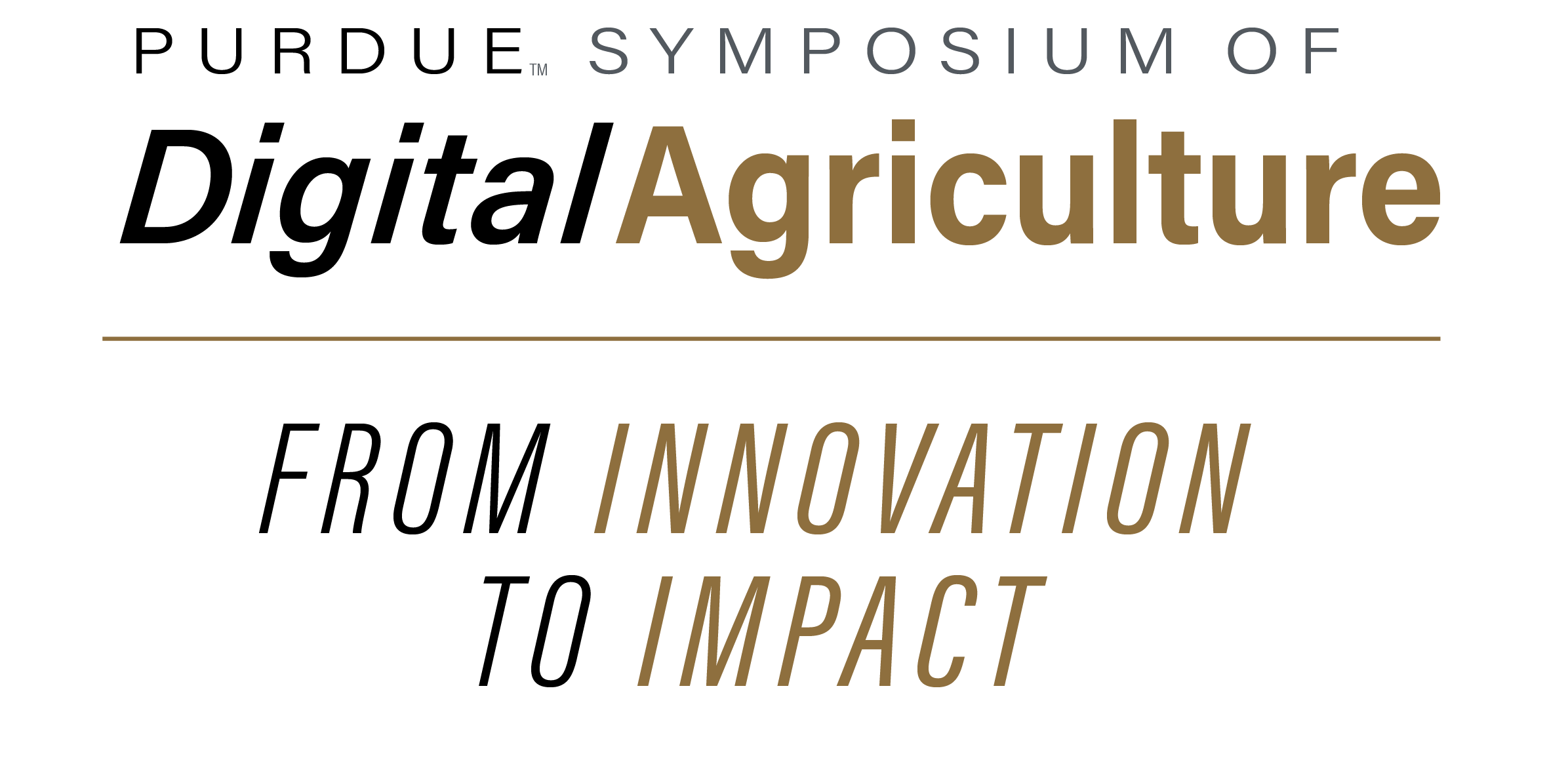Abstract
Farmers and agronomists need accurate, efficient methods for evaluating cover crop (CC) biomass and nutrient content to optimize fertilization strategies and improve soil health. Traditional biomass assessments are labor-intensive and time-consuming, often delaying timely data-driven management decisions. While multispectral cameras, including near-infrared (NIR) and RedEdge sensors, provide high-accuracy data for this purpose, their high cost limits accessibility for many farmers. This study explores the potential of using regular RGB cameras on unmanned aerial vehicles (UAVs) as an affordable alternative to multispectral sensors for estimating CC biomass and key nutrients such as nitrogen (N) and sulfur (S).
Data was collected from cereal rye fields at Purdue University’s Agronomy Center for Research and Education (ACRE) using two UAVs equipped with different cameras: a MicaSense RedEdge-MX multispectral camera and a DJI Mavic 3M RGB camera. Flights were conducted on three separate dates: April 3, 12, and 18. Biomass samples were collected at each drone sampling point using a 50 cm x 50 cm square frame, and laboratory analysis was conducted to measure biomass and nutrient content. Images captured by the UAVs were processed with Pix4D Mapper to generate georeferenced maps, and vegetation indices such as NDVI, NDRE, GLI, and MGRVI were calculated from the imagery to assess plant health and growth.
Strong correlations (R² > 0.90) were observed between spectral indices and biomass, particularly in the final sampling date. NDVI and NDRE demonstrated the highest correlations, proving to be reliable indicators of crop health and nutrient status. RGB-derived indices such as GLI and MGRVI also showed promising results, indicating that standard RGB cameras may serve as a viable, cost-effective alternative for early and mid-growth stages. The research supports the development of variable rate maps, enabling precise nutrient application, reducing fertilizer waste, and improving sustainability in agricultural practices.
Keywords
UAV, Variable Rate Fertilizer, Cover crops, Corn
DOI
10.5703/1288284318186
Evaluating Cover Crop Performance: A Spatial Approach to Biomass and Nutrient Prediction with UAS Imagery
Farmers and agronomists need accurate, efficient methods for evaluating cover crop (CC) biomass and nutrient content to optimize fertilization strategies and improve soil health. Traditional biomass assessments are labor-intensive and time-consuming, often delaying timely data-driven management decisions. While multispectral cameras, including near-infrared (NIR) and RedEdge sensors, provide high-accuracy data for this purpose, their high cost limits accessibility for many farmers. This study explores the potential of using regular RGB cameras on unmanned aerial vehicles (UAVs) as an affordable alternative to multispectral sensors for estimating CC biomass and key nutrients such as nitrogen (N) and sulfur (S).
Data was collected from cereal rye fields at Purdue University’s Agronomy Center for Research and Education (ACRE) using two UAVs equipped with different cameras: a MicaSense RedEdge-MX multispectral camera and a DJI Mavic 3M RGB camera. Flights were conducted on three separate dates: April 3, 12, and 18. Biomass samples were collected at each drone sampling point using a 50 cm x 50 cm square frame, and laboratory analysis was conducted to measure biomass and nutrient content. Images captured by the UAVs were processed with Pix4D Mapper to generate georeferenced maps, and vegetation indices such as NDVI, NDRE, GLI, and MGRVI were calculated from the imagery to assess plant health and growth.
Strong correlations (R² > 0.90) were observed between spectral indices and biomass, particularly in the final sampling date. NDVI and NDRE demonstrated the highest correlations, proving to be reliable indicators of crop health and nutrient status. RGB-derived indices such as GLI and MGRVI also showed promising results, indicating that standard RGB cameras may serve as a viable, cost-effective alternative for early and mid-growth stages. The research supports the development of variable rate maps, enabling precise nutrient application, reducing fertilizer waste, and improving sustainability in agricultural practices.


